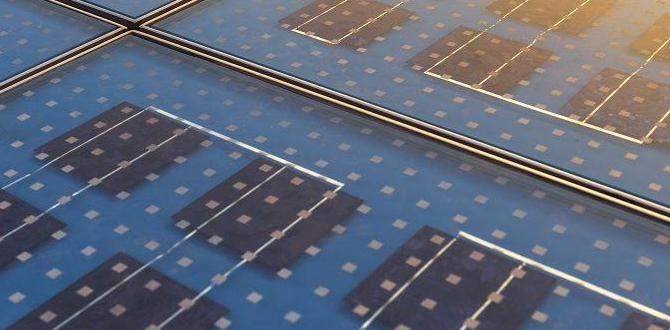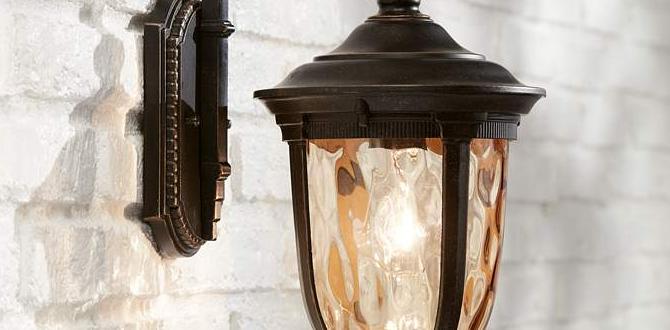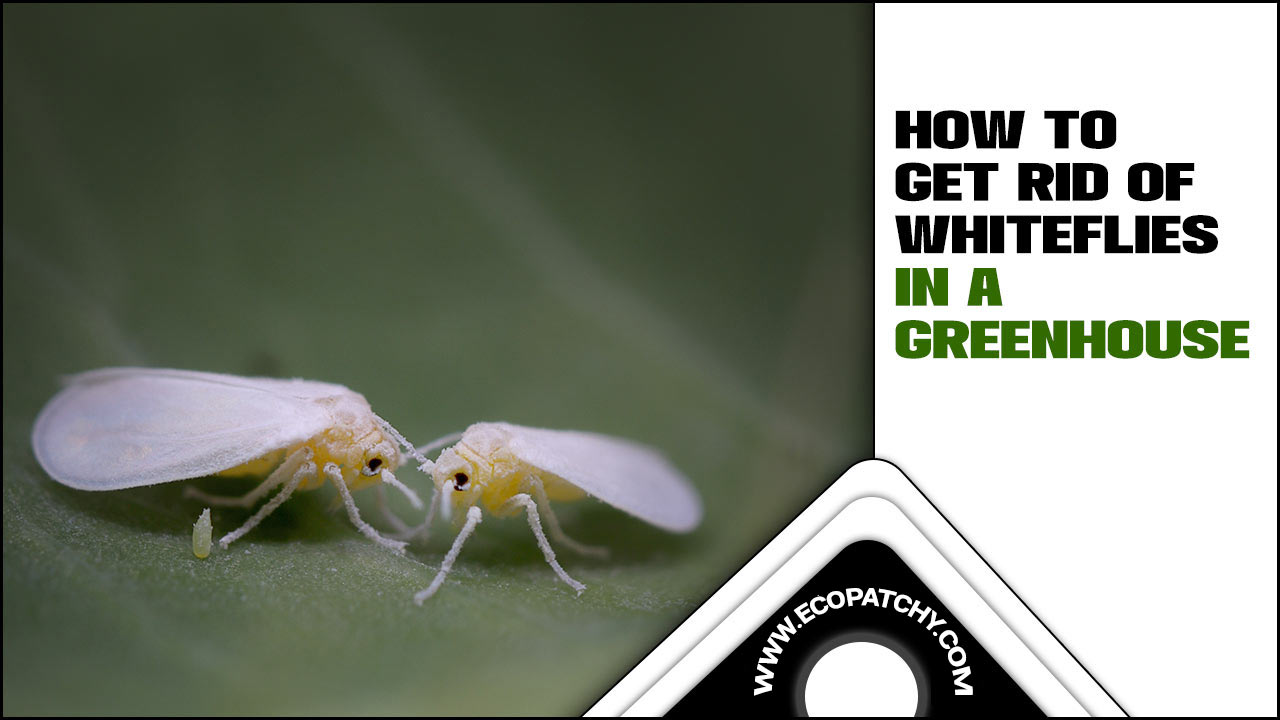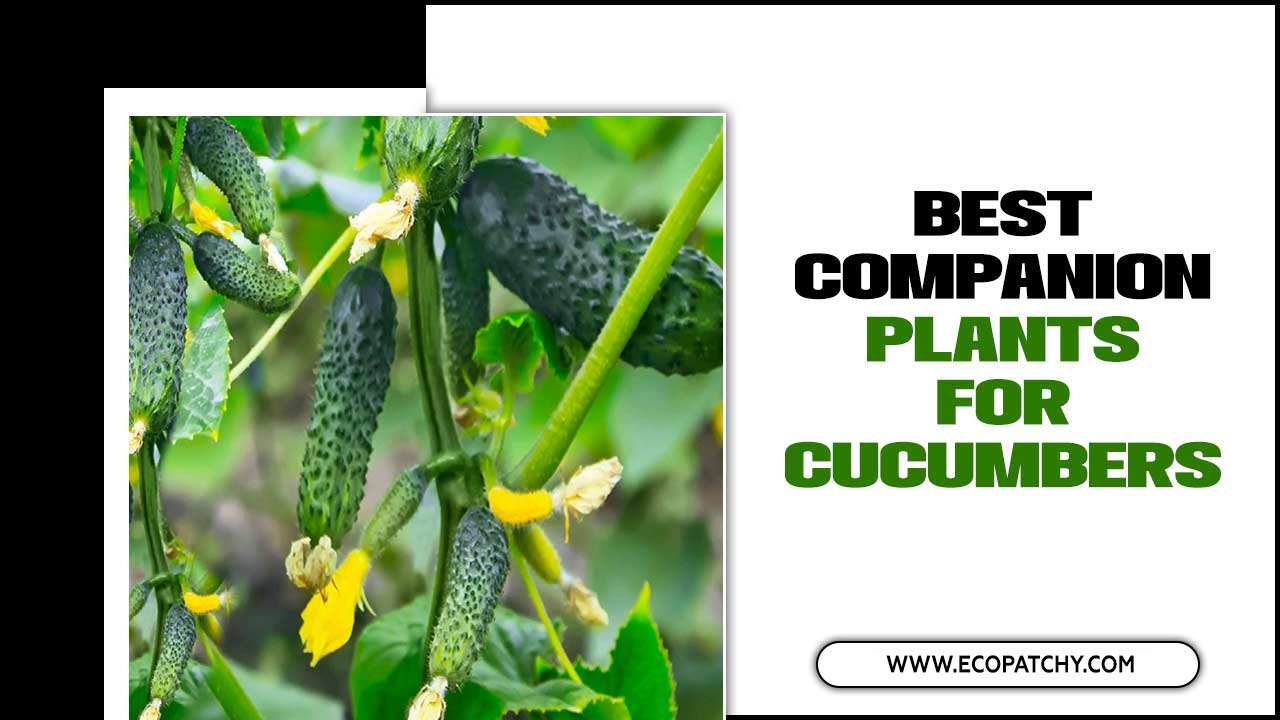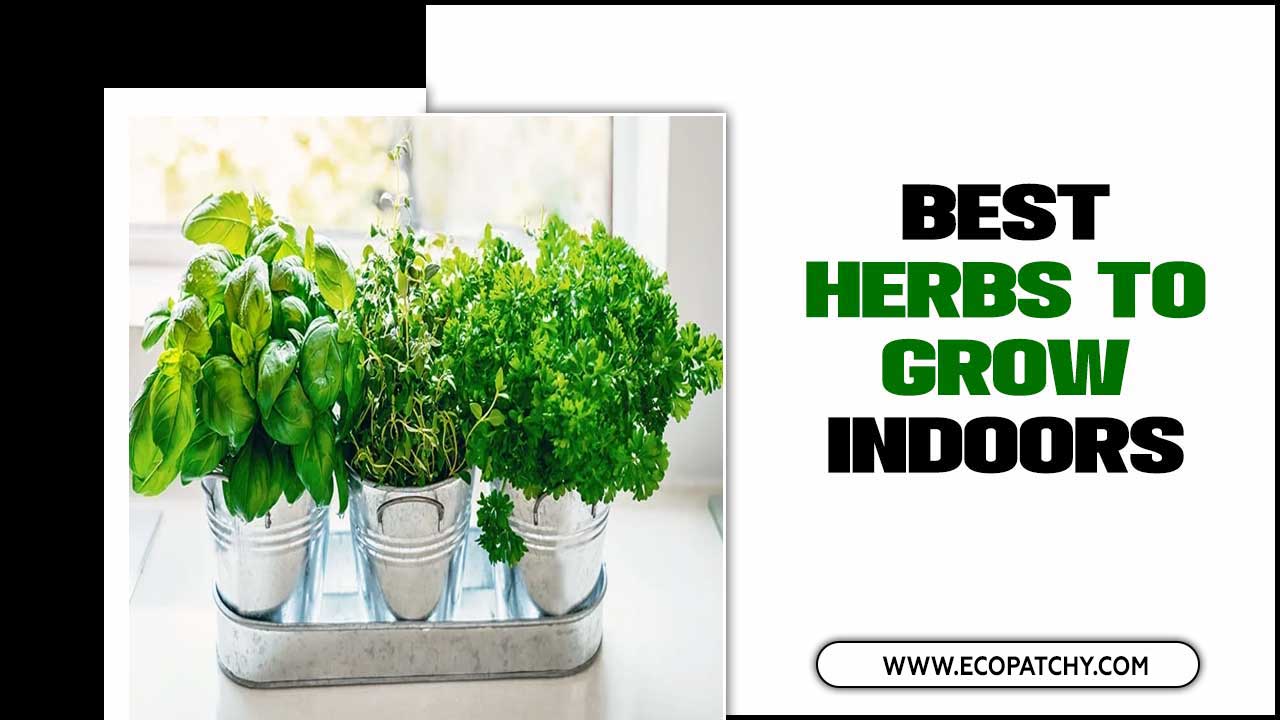Greenhouses provide the perfect environment for growing various plants, including the popular sugar snap peas. These sweet and crispy peas are a favorite among gardeners for their delicious taste and nutritional benefits.
However, growing sugar snap peas in a greenhouse requires certain techniques and considerations to ensure a successful and bountiful harvest. Here, we’ll show you how to grow sugar snap peas in a greenhouse with ease.
Not only do they make for a delicious and healthy addition to your diet, but growing them in a greenhouse comes with its own set of benefits. Read on to learn how to create the optimal temperature and lighting conditions for your sugar snap pea plants and start growing your own fresh produce all year round.
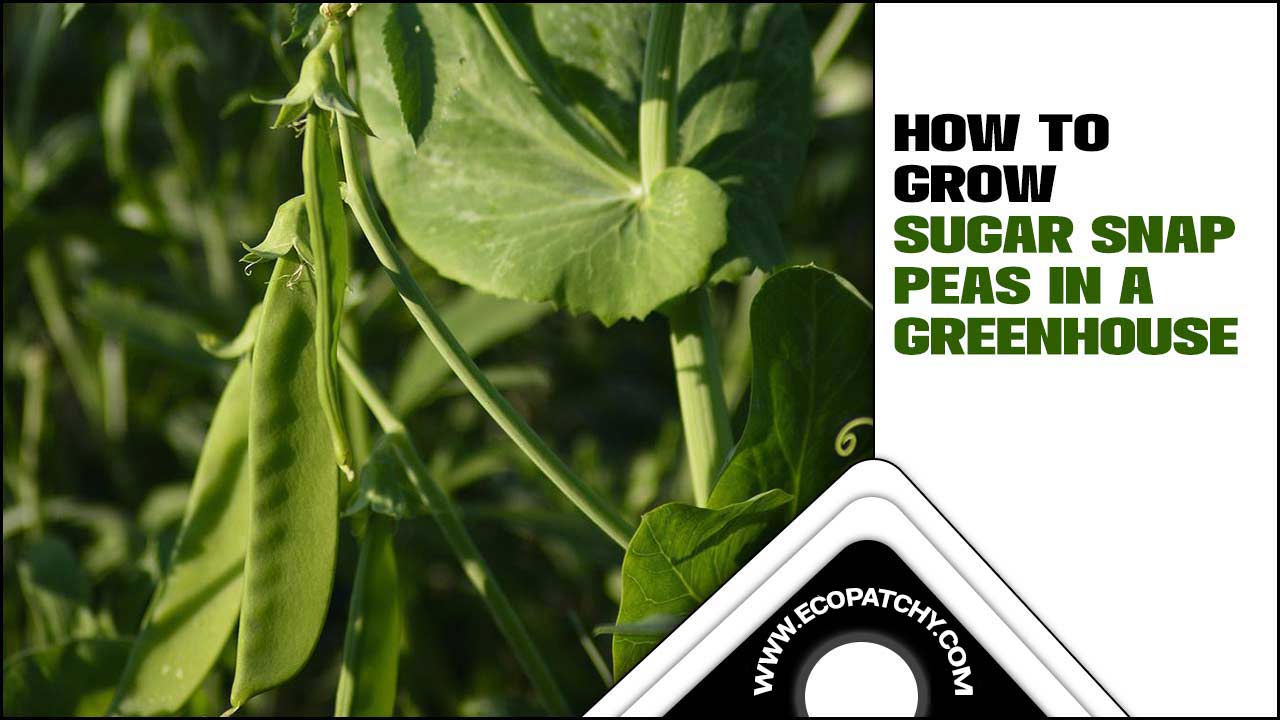
Quick Overview Of Sugar Snap Peas In A Greenhouse
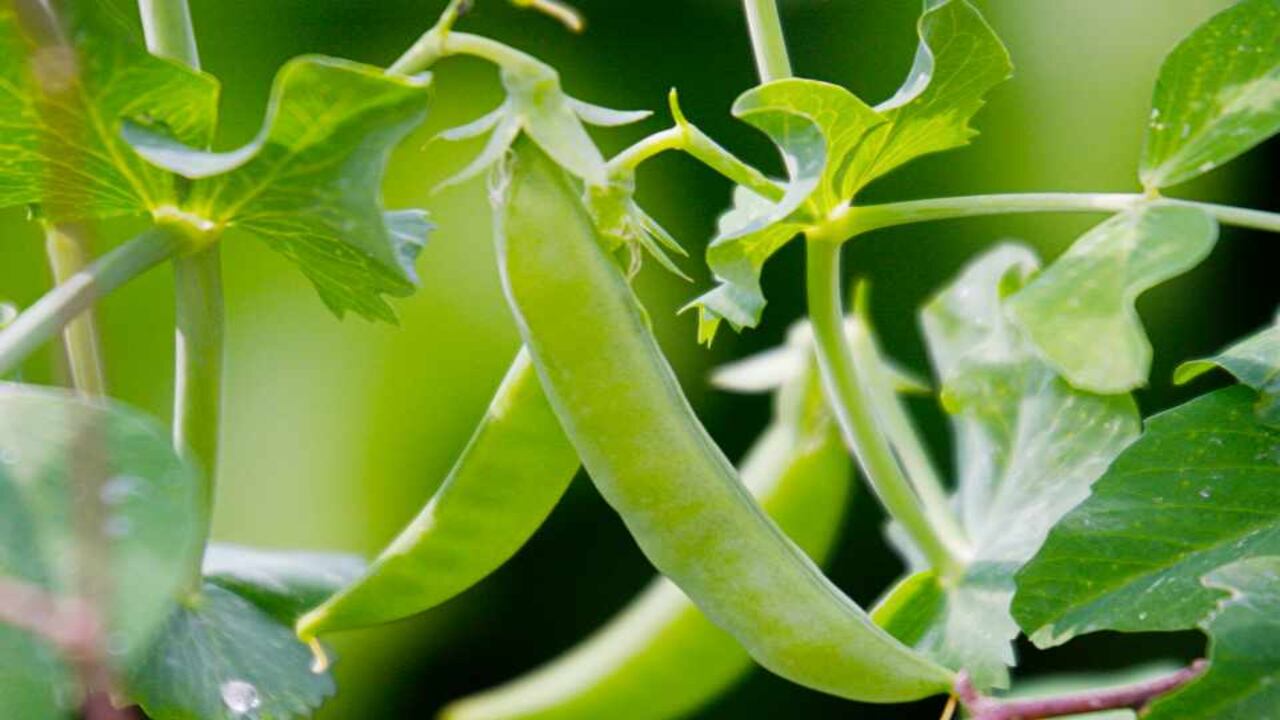
- Time From Seed To Harvest: Approximately 60-70 days.
- Germination temperature: Sugar snap peas prefer a soil temperature of around 50-75°F (10-24°C) for optimal germination.
- Time Until First Emergence: Sugar snap peas typically emerge within 7-14 days after planting.
- Best Temperature To Grow: Sugar snap peas thrive in cooler temperatures, ideally between 55-75°F (13-24°C).
- Height: Sugar snap peas usually grow to a height of 2-6 feet (60-180 cm).
- Spread: The vines of sugar snap peas can spread up to 2-3 feet (60-90 cm).
- Light: Sugar snap peas require full sun to partial shade, at least 6-8 hours of direct sunlight daily.
- Grow From Seed: Sugar snap peas are usually grown from seeds, which can be directly sown into the soil or started indoors and transplanted later.
Benefits Of Growing Sugar Snap Peas In A Greenhouse
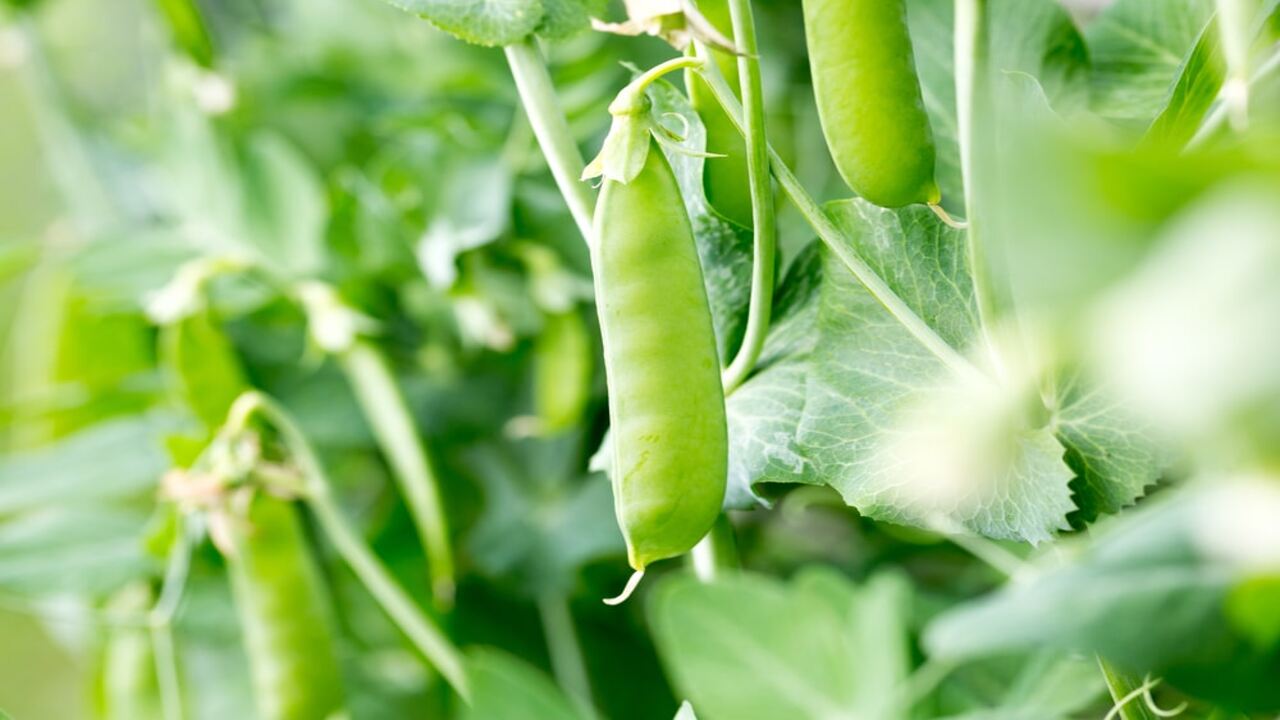
Growing sugar snap peas in a greenhouse offers several benefits that can contribute to a successful harvest. Here are some advantages of growing sugar snap peas in a greenhouse. Growing sugar snap peas in a greenhouse offers numerous advantages that can maximize your yield and ensure the success of your crop.
- Extended Growing Season: With a greenhouse, you can plant sugar snap peas earlier in the year and extend their growing season well into the fall. This allows for a longer harvest period and a greater yield.
- Protection From Weather Conditions: Greenhouses provide protection from extreme weather conditions such as frost, heavy rain, or strong winds. This helps to prevent damage to the plants and ensures optimal growth.
- Control Over Temperature And Humidity: By controlling the temperature and humidity levels within the greenhouse, you can create an ideal environment for sugar snap pea plants. This can result in faster growth, healthier plants, and higher yields.
- Pest And Disease Management: The enclosed space of a greenhouse helps to keep pests and diseases at bay. It reduces the risk of infestation or infection, allowing you to grow healthier sugar snap pea plants without the need for excessive pesticide use.
- Better Quality Produce: Growing sugar snap peas in a controlled environment like a greenhouse can lead to higher-quality produce. The consistent temperature, humidity, and protection from external factors contribute to sweeter and more tender peas.
How To Grow Sugar Snap Peas In A Greenhouse – Full Process
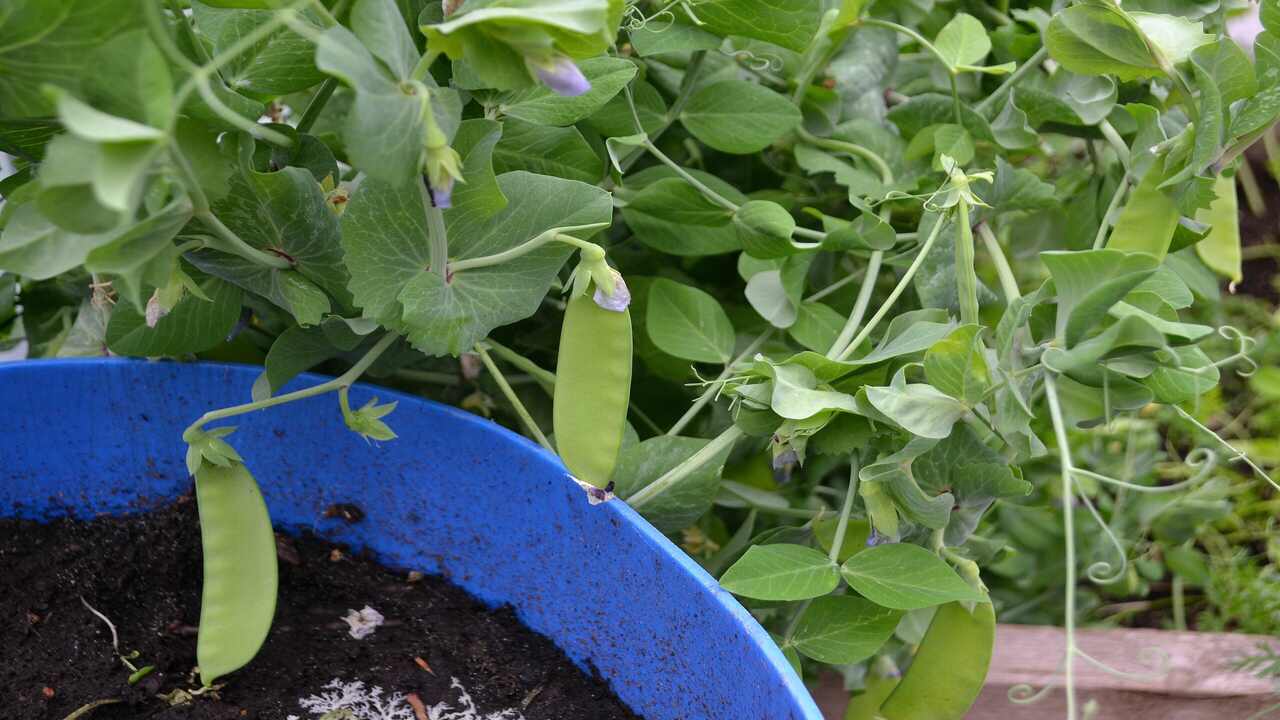
To successfully grow sugar snap peas in a greenhouse, select the appropriate variety for greenhouse cultivation. Prepare the soil in the greenhouse and sow the sugar snap pea seeds. Maintaining optimal temperature, light, and humidity conditions is crucial for their growth. Ensure regular watering and fertilization to support healthy plant development.
To maximize space and yield, use trellises or other support structures. Keep an eye out for common pests and diseases, using insecticidal soap if needed. Once the sugar snap peas are ready, harvest the pea pods at full length for the best flavor. Below, we provide the full process how to grow sugar snap peas in a greenhouse in details.
1.Choosing The Right Variety Of Sugar Snap Peas For Greenhouse Growing
When choosing the right variety of sugar snap peas for greenhouse growing, it’s important to look for varieties that are specifically bred for this purpose. Consider factors such as disease resistance and yield potential to ensure a successful harvest.
Additionally, determine whether you want to grow climbing or bush varieties based on your preferences and available space. Research the ideal planting time and growing conditions for your chosen variety to maximize growth. Finally, properly prepare and maintain your greenhouse environment by providing the necessary temperature, light, and humidity levels for optimal growth.
2.Preparing The Soil And Planting Sugar Snap Pea Seeds In The Greenhouse
To prepare the soil for sugar snap peas in a greenhouse, choose a suitable soil mix and enhance it by incorporating compost and fertilizer. When planting the seeds, ensure enough spacing for the plants to grow properly, whether in rows or containers.
Regular watering is essential, and maintaining optimal temperature and humidity levels in the greenhouse will facilitate their growth. To provide support, train the pea plants to climb trellises or stakes. Finally, when the sugar snap peas are mature, harvest the pea pods and savor the delicious taste of these fresh, nutritious greens.
3.Providing The Proper Temperature, Light, And Humidity Conditions For Growth
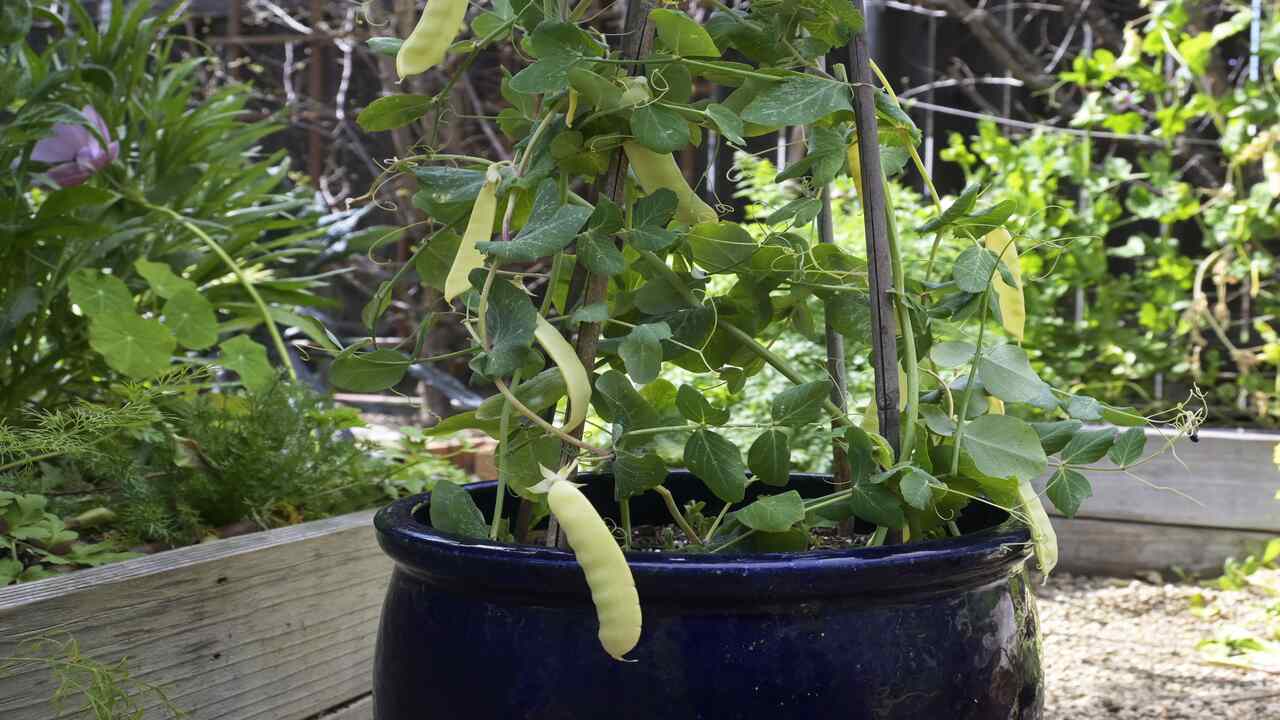
For successful sugar snap pea growth in a greenhouse, it’s important to provide the right temperature, light, and humidity conditions. Sugar snap peas thrive in temperatures between 60 to 70 degrees Fahrenheit. Adequate lighting is vital, so ensure at least six hours of sunlight or use artificial grow lights. Maintain a humidity level of around 50 to 70 percent and ensure proper ventilation.
Use shading devices to regulate sunlight, with heavier shade cloths for warmer months and lighter ones for cooler periods. Consider installing a misting system or humidifier for humidity control. Also, pay attention to soil quality, watering techniques, and pest control methods for optimal growth. With the right conditions, you’ll have a bountiful harvest of delicious sugar snap peas.
4.Watering And Fertilizing Techniques For Sugar Snap Peas In A Greenhouse
To ensure the successful growth of sugar snap peas in a greenhouse, proper watering and fertilizing techniques are essential. These peas require consistent moisture, but it’s important not to overwater or underwater them. Using a balanced fertilizer with equal parts nitrogen, phosphorus, and potassium will provide the necessary nutrients for healthy plant growth.
Additionally, incorporating compost into the soil will further enhance nutrient availability. Mulching around the base of the plants with straw or leaves helps retain moisture and suppresses weed growth. By implementing these techniques, you can cultivate thriving sugar snap pea plants in your greenhouse.
5.Trellising Or Supporting Sugar Snap Pea Plants To Maximize Space And Yield
Trellising or supporting sugar snap pea plants in a greenhouse can maximize space and yield. Use trellis netting or stakes to keep plants growing upright. Proper spacing and trellising material prevent overcrowding and promote healthy growth.
Regular pruning and training encourage airflow and minimize disease risk. Additionally, trellising makes harvesting easier and more efficient. By incorporating these techniques, you can optimize the growth of your sugar snap peas, ensuring a bountiful harvest of delicious and nutritious peas.
6. Monitoring For Pests And Diseases In A Greenhouse Environment
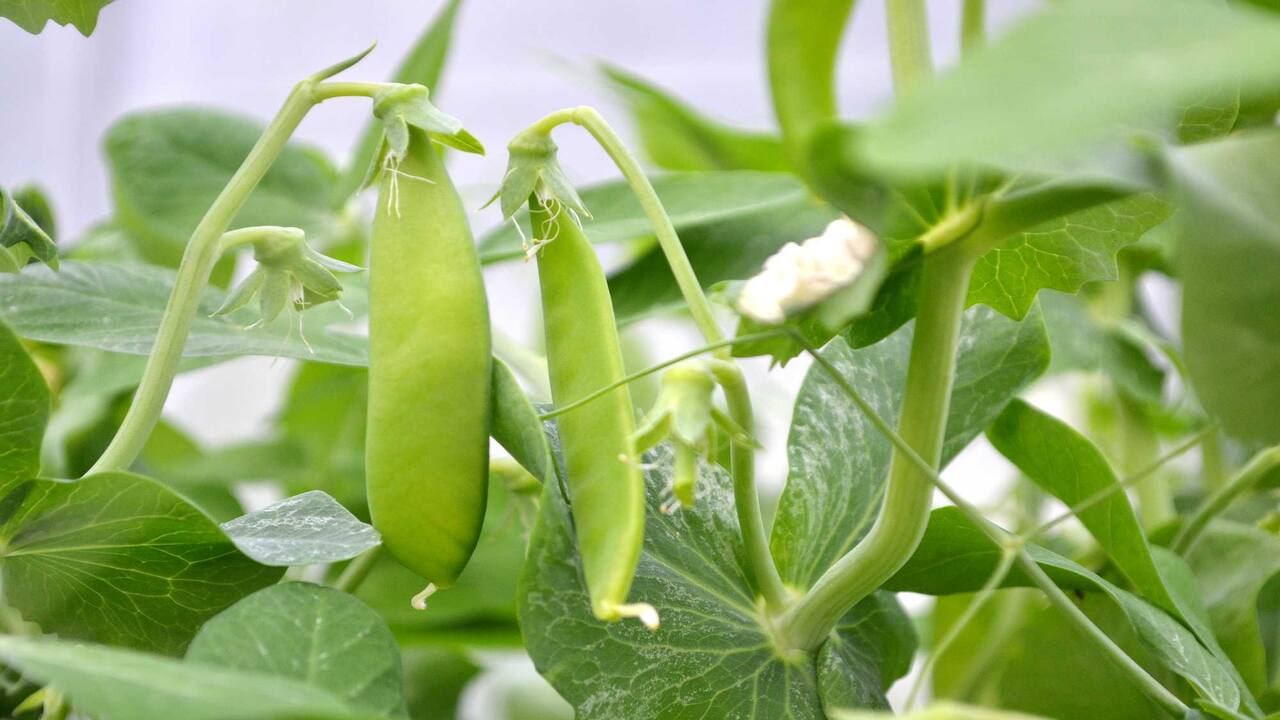
Regular monitoring is essential for the health of your sugar snap peas in a greenhouse. Watch for common pests and diseases that can damage plants, such as aphids and thrips. If you notice any signs of infestation or damage, consider using natural pest control methods like releasing beneficial insects or using insecticidal soap.
Organic pesticides should only be used as a last resort. Additionally, maintaining proper ventilation and sanitation practices will help prevent the spread of diseases. Implement preventative measures like crop rotation and quarantining new plants to ensure a healthy growing environment.
7.Harvesting And Storing Sugar Snap Peas Grown In A Greenhouse
To harvest sugar snap peas grown in a greenhouse, look for plump pods that are bright green in color. Using a pair of scissors or pruners, carefully harvest the peas without damaging the plant. Regular harvesting encourages more growth and prevents the peas from becoming too mature.
After harvesting, store the sugar snap peas in a plastic bag or container in the refrigerator to keep them fresh for up to a week. For long-term storage, blanch the peas before freezing them to preserve their flavor and texture. Use frozen sugar snap peas within six months for the best quality.
Tips For Success And Troubleshooting Common Issues
Growing sugar snap peas in a greenhouse can be a rewarding experience, but it does come with its own set of challenges. Here are some tips for success and troubleshooting common issues. By following these tips and addressing any issues that arise promptly, you can increase your chances of successfully growing sugar snap peas in your greenhouse. Happy gardening!
- Choose The Right Variety: Select a sugar snap pea variety that is well-suited for greenhouse growing. Look for varieties that are compact and have a shorter growing season.
- Provide Proper Support: Sugar snap peas are vining plants needing support to grow upright. Install trellises or stakes in your greenhouse to support the plants as they grow.
- Maintain Consistent Temperatures: Sugar snap peas prefer cooler temperatures, so try to keep the greenhouse temperature between 55-70°F (13-21°C). Be mindful of excessive heat, which can cause the plants to wilt.
- Water Properly: Keep the soil consistently moist but not waterlogged. Overwatering can lead to root rot, while underwatering can cause stunted growth. Aim to water deeply once or twice a week, depending on the moisture needs of your specific greenhouse conditions.
- Watch Out For Pests: Common pests that may affect sugar snap peas include aphids and spider mites. Regularly inspect your plants for signs of infestation and take appropriate measures such as applying organic pest control methods or introducing beneficial insects.
- Address Nutrient Deficiencies: If you notice yellowing leaves or poor plant growth, it could indicate a nutrient deficiency. Conduct regular soil tests and amend the soil with organic fertilizers or compost as needed to ensure your sugar snap peas have access to essential nutrients.
The Best Temperature And Lighting For Sugar Snap Peas
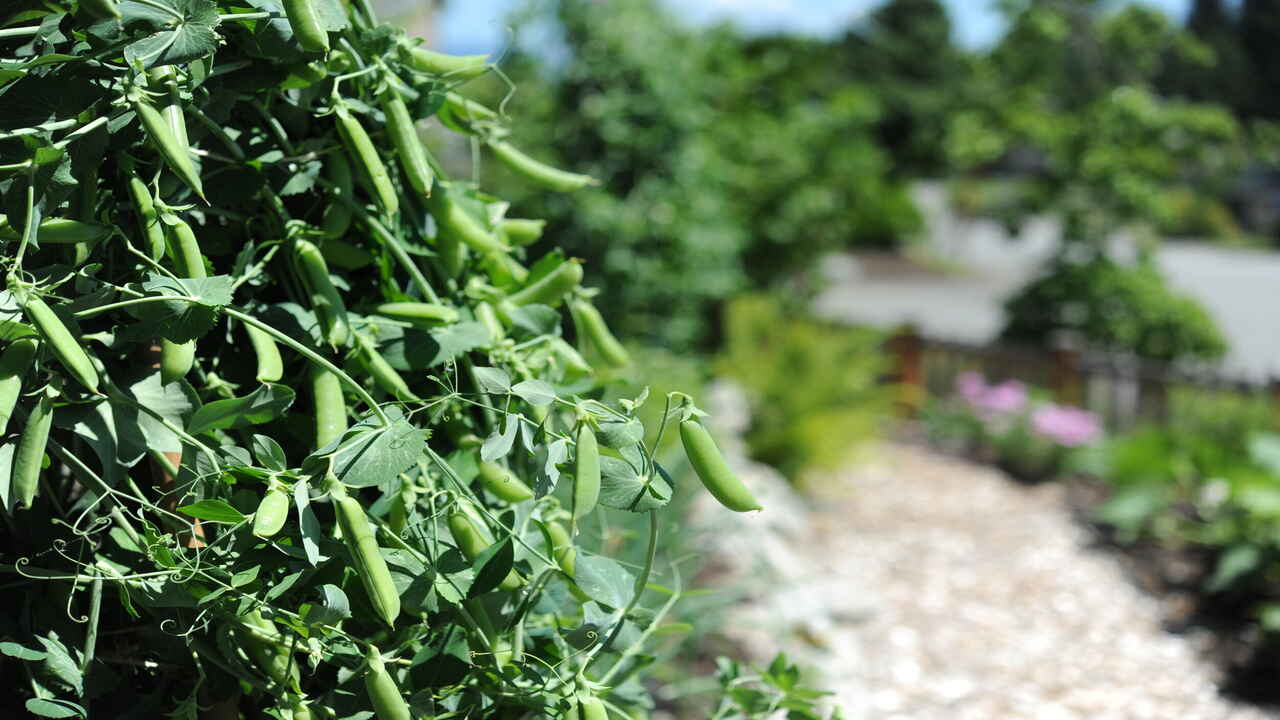
For sugar snap peas to thrive, they require cool season temperatures ranging from 55-70°F. It is essential to provide them with a minimum of 6-8 hours of full sun exposure each day. To create an optimal environment, consider utilizing a greenhouse to regulate temperature and provide adequate light.
Monitor the temperature within the greenhouse, aiming for 60-65°F during the day and slightly cooler at night. In addition to natural light, supplement with artificial grow lights to ensure the peas receive the right intensity.
Perfect Soil For Sugar Snap Peas
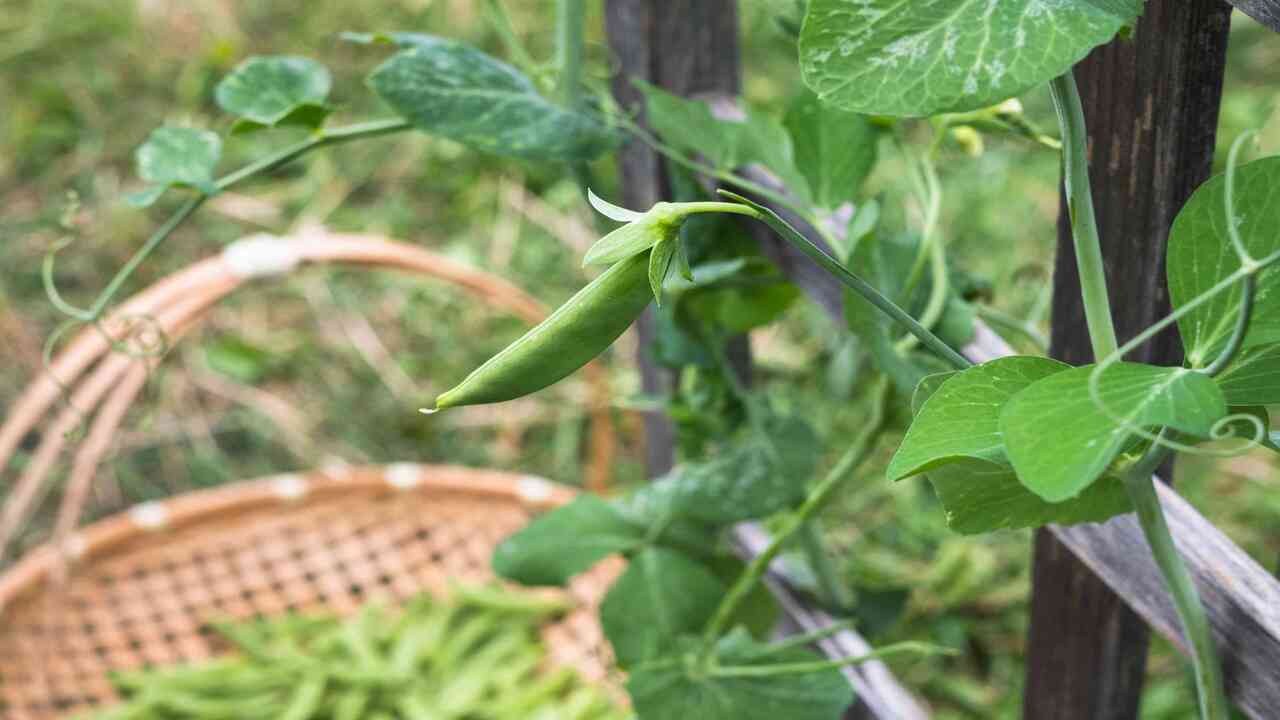
When growing sugar snap peas in a greenhouse, having the perfect soil is essential for their growth and development. Sugar snap peas thrive in well-draining soil that is rich in organic matter. It is recommended to mix compost or well-rotted manure into the soil before planting to improve its fertility and moisture retention.
Additionally, maintaining a slightly acidic soil pH of around 6.0 to 7.0 is important for optimal nutrient uptake by the plants. Regularly testing the soil’s pH and nutrient levels can help ensure that it provides the ideal conditions for your sugar snap peas to flourish in the greenhouse.
Conclusion
As a gardener, you should know how to grow sugar snap peas in a greenhouse. Growing sugar snap peas in a greenhouse can be a rewarding experience that allows you to enjoy fresh, homegrown produce year-round. By following the proper techniques and providing the right conditions, you can successfully cultivate these delicious and nutritious vegetables.
Remember to choose the right variety, provide adequate support, maintain optimal temperature and humidity levels, and regularly water and fertilize your plants. With patience and care, you’ll soon harvest an abundance of sweet and crunchy sugar snap peas from your greenhouse. So Start growing your own sugar snap peas today and savor the satisfaction of homegrown goodness.
Frequently Asked Questions
1.Do Sugar Snap Peas Need To Climb?
Ans: Yes, sugar snap peas need to climb in order to grow properly. Providing support such as a trellis or netting is essential for their upward growth. This helps the plants access more sunlight and air circulation, resulting in better harvests.
2.Can You Grow Peas In An Unheated Greenhouse?
Ans: Yes, it is possible to grow sugar snap peas in an unheated greenhouse. These peas can tolerate cooler temperatures and even frost. However, before planting, ensure the soil temperature reaches at least 40°F (4.4°C).
3.Do Sugar Snap Peas Like Full Sun Or Shade?
Ans: Sugar snap peas prefer full sun to partial shade, requiring at least six hours of direct sunlight daily for optimal growth. However, in hotter climates, providing some afternoon shade can be beneficial. Trellises or support should be provided for the plants to climb and receive adequate sunlight.
4.What Month Do You Plant Sugar Snap Peas?
Ans: Sugar snap peas are typically planted as a cool-season crop, usually in late winter or early spring when the soil temperature ranges from 45-65°F (7-18°C). March or April is the ideal time for planting sugar snap peas in most regions. However, if you live in an area with mild winters, fall planting is also possible.
5.How Many Pods Can Each Sugar Snap Peas Plant Produce?
Ans: Each sugar snap pea plant has the potential to produce between 50 to 100 pods. The number of pods can vary based on factors such as the variety of sugar snap peas, growing conditions, and care provided. Regular harvesting encourages continuous pod production. It is best to harvest the peas when they are plump and fully grown.

